New approach to Rift Valley fever outbreaks aims to ensure food safety as region boosts livestock imports from Africa (photo credit: ILRI/Dolan)
With increased trade in livestock products offering a possible antidote to high food prices, livestock experts from the Middle East and 12 African countries are meeting this week (13-16 June, 2011) in Dubai to develop a strategy that eliminates the need to impose devastating bans on livestock imports from the Horn of Africa, as prevention against the spread of Rift Valley fever. The strategy should expedite the flow of livestock products while increasing safety of the overall livestock trade in the region.
Convened by the African Union’s Interafrican Bureau for Animal Resources (AU-IBAR), the International Livestock Research Institute (ILRI) and the United States Agency for International Development (USAID), the workshop will encourage officials and livestock traders to use a simple ‘Decision Support Planning Tool’ to guide and moderate their responses to Rift Valley fever outbreaks.
The ‘decision support tool’ for Rift Valley fever was developed by 30 experts and decisions-makers from across the Horn of Africa with technical assistance from researchers at ILRI, the United Nations’ Food and Agriculture Organization (FAO), and other partners. The tool will be used by chief veterinary officers and other national decision-makers. Its framework identifies the sequence of events likely to occur as the risk of a disease outbreak increases.
Rift Valley fever is a mosquito-borne virus found in eastern, western and southern Africa, Yemen and Saudi Arabia. Epidemics emerge periodically with prolonged rains. Climate and land-use changes could make outbreaks more frequent. A study done by ILRI economists Karl Rich and Francis Wanyoike indicated that the Rift Valley fever outbreak in 2007 cost Kenya at least USD32 million.
‘We must avoid unnecessary disruptions in agricultural trade between East Africa and the Middle East,’ said Ahmed El Sawalhy, director of AU-IBAR. ‘Livestock products must be safe and action concerning disease outbreaks must be in line with the actual threat.’ To this end, an animal health certification model suitable for pastoral livestock production systems and that promotes OIE standards has been developed by AU-IBAR in partnership with FAO and the Royal Veterinary College, London. The model is based on risk assessment and involves integration of both upstream animal health inspection and certification at entry points, markets and at the quarantines.
Time is also of critical importance in prevention and control of transboundary animal diseases. ‘In the last Kenyan Rift Valley fever outbreak, control measures were implemented late—not until there were definitive signs of an outbreak,’ said Jeffrey Mariner, an epidemiologist at ILRI. ‘This tool links early warning signs to control measures that can be implemented before animals or people begin falling ill. The new tool could reduce the impact of Rift Valley fever, and maybe even prevent some local outbreaks and has the potential to prevent the spread of Rift Valley fever through trade.’
‘The good news,’ says Bernard Bett, an epidemiologist at ILRI, ‘is that the impact of Rift Valley fever can be mitigated with early action during an outbreak, but veterinary officers and decision-makers need to know what interventions to implement—and when—as the stages of an epidemic unfold.’
Rift Valley fever is best prevented through animal vaccination. But vaccines are expensive and few governments are willing to pay for expensive vaccines unless evidence indicates an epidemic is imminent. Regional cooperation is required to build consensus on managing the disease and to prevent trade disruptions.
Larry Meserve, USAID/EA’s regional mission director commented, ‘President Obama’s Feed the Future initiative aims to increase food security throughout Africa. To succeed, we must all help to improve the capacity of leadership in the Horn of Africa to anticipate potentially disastrous events like disease epidemics so that appropriate preventive or mitigating measures are taken before it is too late. Livestock is a vital staple crop in this part of the world, and both the private and public sectors have to do everything possible to prevent unnecessary disruptions in the trade of livestock and other commodities.’
Visit the official workshop blog site: http://rvfworkshop2011.wordpress.com


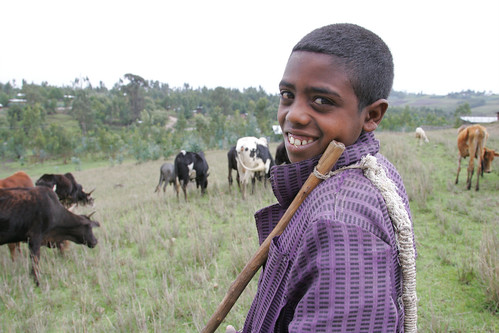
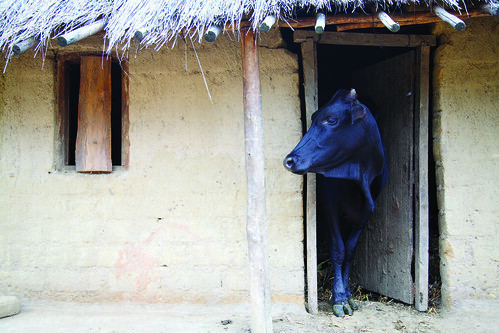
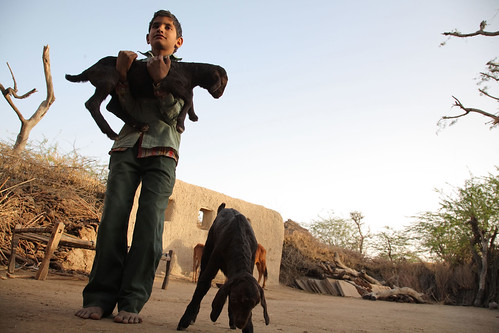
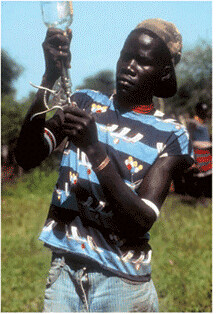
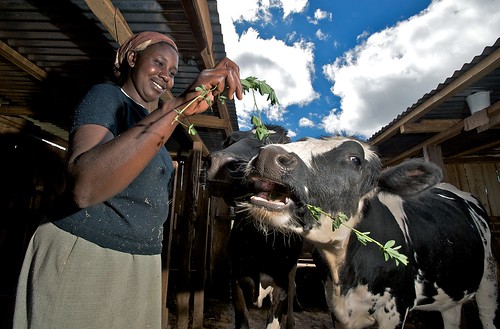
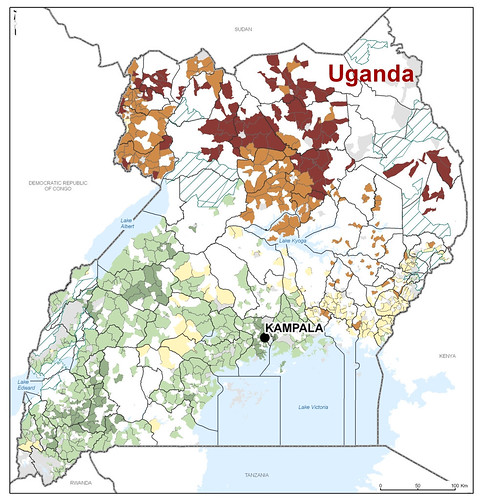
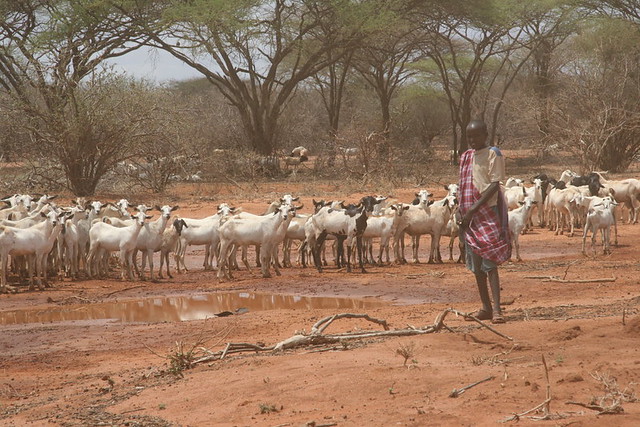

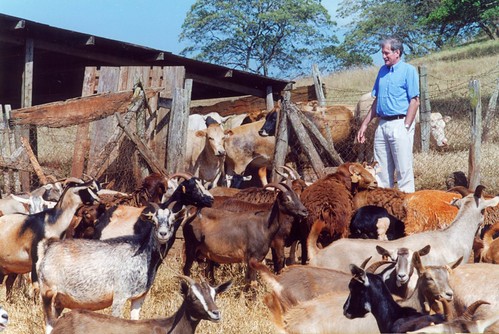
 A new two-volume report, Livestock in a Changing Landscape, released in March 2010, makes the case that the livestock sector 'is a major environmental contributor' as well as a major livelihood of the world's poor.
A new two-volume report, Livestock in a Changing Landscape, released in March 2010, makes the case that the livestock sector 'is a major environmental contributor' as well as a major livelihood of the world's poor.